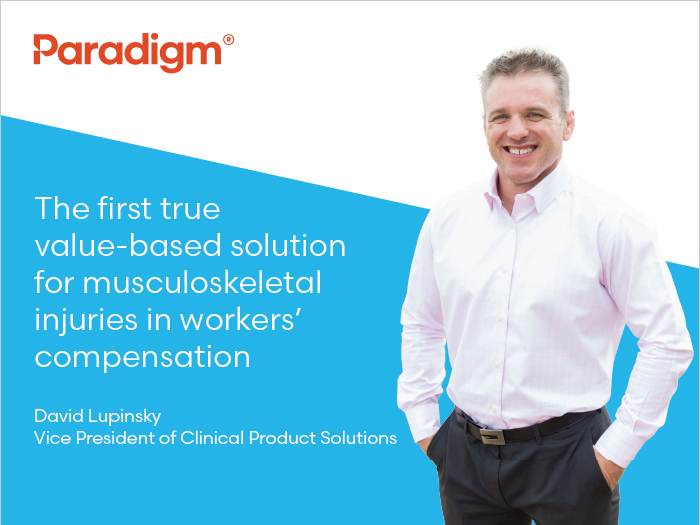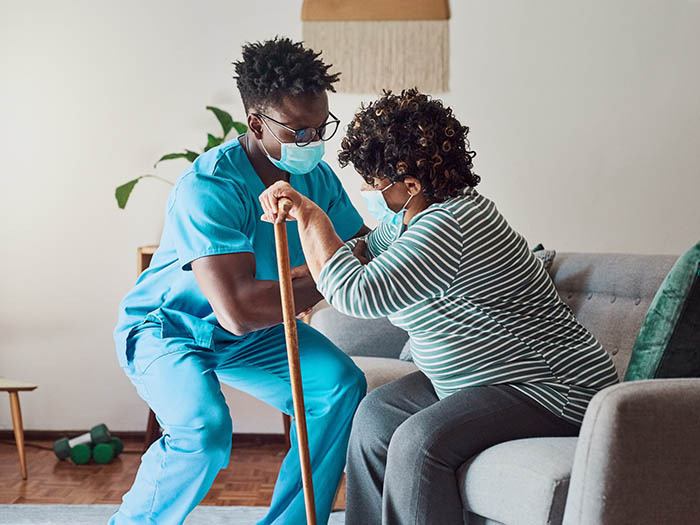Employer Resources
Virtual Facility Addresses Needs of Aging Workers

“Today, one in every five American workers is over 65,” according to the Bureau of Labor Statistics. “By 2020, one in four American workers will be over the age of 55, many of them with no plans to retire anytime soon.”
With that in mind, the government has created the National Center for Productive Aging and Work. Described as a virtual center, the project is being hosted by the National Institute for Occupational Safety and Health’s Office for Total Worker Health.
“The mission of National Center for Productive Aging and Work is to develop a research plan for improving the safety and health of workers of all ages, facilitate collaboration among researchers and partners, develop new interventions, and highlight best practices for creating ‘aging-friendly’ workplaces,” according to a statement. “Additionally, the center will help NIOSH advance national policies related to aging-friendly work and further important collaborations with other federal agencies, academic institutions, and stakeholders.”
Advancing the idea of productive aging also will be part of the center’s mission. It is described as “providing a safe and healthy work environment for all workers, and creating conditions that allow workers to function optimally and thrive from their first day on any job until the last day before full retirement,” according to NIOSH. “It also recognizes the benefits that accrue to organizations as they retain the institutional knowledge and extensive skills of long-term, older workers.”
The center’s model of productive aging includes several components such as:
• A life span perspective that considers the patterns of change and transition that occur across a person’s working life.
• A comprehensive and integrated framework of complimentary strategies that are part of a coordinated intervention program. These strategies include ergonomics, injury prevention, chronic disease management, healthy lifestyles, and workplace flexibility.
• Outcomes that recognize the priorities of both workers and organizations.
• A supportive culture for multi-generational issues. Included are ways to manage challenges that may arise when as many as four generations are working side-by-side.
Also on the center’s website are sections on safety and health outcomes, tools and resources, current research, and data and statistics. The safety and health outcomes section, for example, includes simple strategies for an age-friendly workplace.
“Many effective workplace solutions are simple and don’t have to cost very much,” it states. “These solutions can have large benefits if implemented properly with worker input and support throughout all levels of management.”
Strategies to prepare the workplace to be healthier, safer, and more age-friendly include things such as prioritizing workplace flexibility. “Workers prefer jobs that provide more flexibility over those that offer more vacation days,” the page explains. “To the extent possible, give workers a say in their schedule, work conditions, work organization, work location, and work tasks.”
Matching tasks to abilities is recommended by using self-paced work with self-directed rest breaks and fewer repetitive tasks. “Avoid prolonged, sedentary work” is suggested because sedentary work is bad for workers of any age. Sit/stand and/or walking workstations are suggested for employees who typically sit all day. Using ergo-friendly work environments such as workstations, tools, floor surfaces, adjustable seating, better illumination where needed, and screens and surfaces with less glare are also recommended, along with providing on-site physical activities or connections to low-priced community options.
“Manage hazards, including noise, slip/trip hazards, and physical hazards — conditions that can challenge an aging workforce more,” it suggests. “Utilize teams and teamwork strategies for aging-associated problem-solving; workers closest to the problem are often best equipped to find the fix.”
Additional ideas are:
• Provide health promotion and lifestyle interventions, including physical activity, healthy meal options, tobacco cessation assistance, risk factor reduction and screenings, coaching, and on-site medical care. Accommodate medical self-care in the workplace and time away for health visits.
• Invest in training and building worker skills and competencies at all age levels. Help older employees adapt to new technologies, which is often a concern for employers and older workers.
• Proactively manage reasonable accommodations and the return-to-work process after illness or injury absences.
• Require aging workforce management skills training for supervisors. Include a focus on the most effective ways to manage a multi-generational workplace.
The center will be co-directed by James Grosch, senior research psychologist, and Juliann Scholl, health communication fellow. They are seeking partnerships with other organizations, researchers, and stakeholders.










